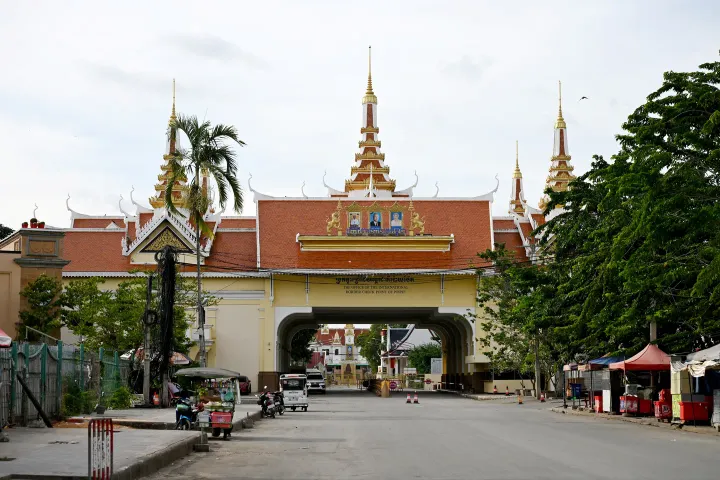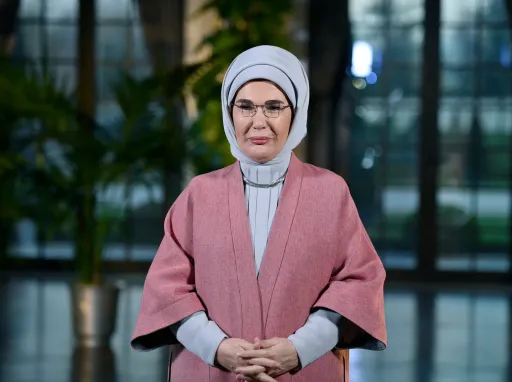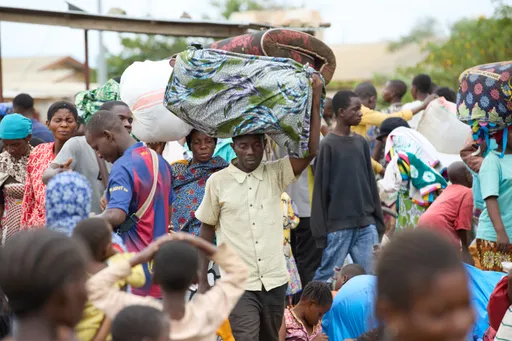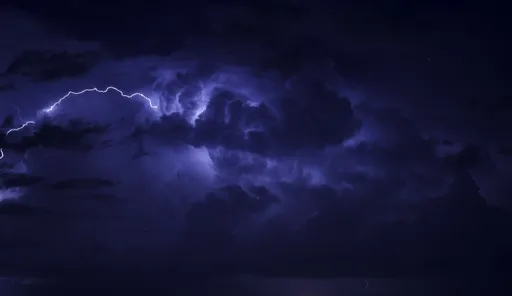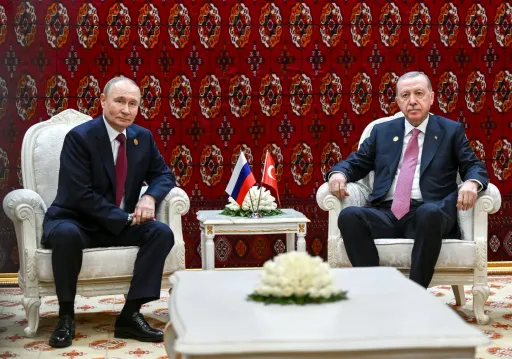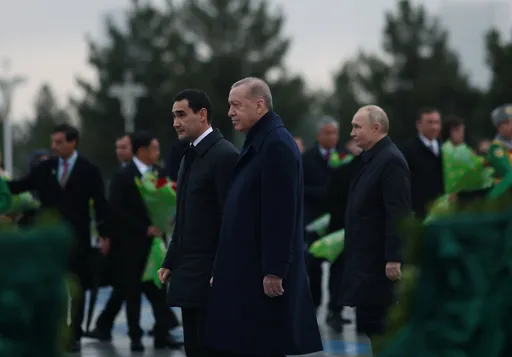By Firmain Eric Mbadinga
We are what we eat. In a report titled "Plates, Pyramids, Planet", the Food and Agriculture Organisation of the United Nations points out that what people consume and how that food is produced affect the planet as much as they do public health.
The report also establishes a correlation between food production systems and eating habits. In other words, people generally eat the food that is produced or abundant in the part of the world they inhabit.
The East African island nation of Madagascar has been focusing on not just putting fish on the native plate as the primary source of nutrition, but also promoting aquaculture in a big way as part of a strategy to shore up production of local food resources.
In 2012, the Malagasy fisheries ministry set a target of producing at least 307,000 tonnes of fish annually, based on the framework of the Blue Policy Letter.
'"One of the five specific objectives of this document is to meet local demand alongside increasing exports significantly," Hantanirina Rasoamananjara, the ministry's director of aquaculture, tells TRT Afrika.
Drafted in 2015, the Blue Policy Letter is a significant step towards sustainable use of the country's marine and inland water bodies. The policy defines the "Blue Economy" as tapping maritime and inland resources for economic growth while preserving these ecosystems, specifically habitats and species.
The government of Madagascar has since implemented multiple strategies to achieve the five objectives outlined in its Blue Policy Letter, all aligned with its climate-linked goals.
"There is a national strategy to develop aquaculture that was set in motion three years ago and runs until 2030. There are separate strategies for the 'Blue Economy', climate adaptation, inland water aquaculture, and national investment. We also have a holothuriculture (sea cucumber farming) and a carpiculture (rearing of carp species) development plan," explains Rasoamananjara.
This battery of measures is taking shape on the ground through programmes funded by the government and some of its development partners, including the African Development Bank and some Western partners.
The programmes are spread across 11 of the country's 23 regions — Analamanga, Atsimo Andrefana, Anosy, Androy, Amoron'i Mania, Boeny, Diana, Fitovinany, Ihorombe, Matsiatra Ambony and Sofia.
Cooperative model
In the Atsinanana region, the Tilapia de l’Est cooperative was set up in 2014 to promote scientific management practices for breeding the species that gave the organisation its name.
It is one of 11 Zones d'Emergence Piscicoles (emerging aquaculture zones) functioning as an organised hub for fish farming in different regions of Madagascar.
''Our cooperative carries out its activities on the ground with and for the benefit of producers and, by extension, our consumers," Félicité Ahitantsoa, managing director of the tilapia cooperative, tells TRT Afrika.
The actions range from the organisation of the tilapia value chain to technical support for producers, including capacity-building.
"Our brief also includes technical monitoring and support throughout the cycle, right up to supply on credit for the inputs stakeholders need throughout the fish farming process. Also, we provide support for transporting inputs and products from the farms. Last but not the least is the sale of tilapia," says Félicité.
The cooperative has eight units in its region comprising almost 500 producers, including young people, women, and traditional fishers.
Across the country, at least 5,600 people have been trained in various types of aquaculture as part of the initiative.
Nutritional boost
Madagascar's sustained aquaculture drive is also a nutritional imperative backed by economic logic.
In several villages of Amboasary district, located in the Anôsy region, Médecins Sans Frontières reports that "an average of 28% of children under the age of five suffer from an acute form of malnutrition, with a third of them in a severe state, which means a very high risk of death".
These realities motivate higher production of endemic fish species for local consumption and export.
"Fish farming plays a vital role in meeting diverse objectives — nutrition, job creation, and poverty alleviation. This sector is compatible with the land and our practical needs. Madagascar has 40 rivers and 150,000 hectares of continental water bodies suitable for fish farming," says Rasoamananjara.
Per capita fish consumption in Madagascar currently stands at 7 kg, compared to 11 kg in Africa.
Since 2018, annual production has increased to 140,000 tonnes of various types of fish. This year, the authorities plan to distribute 125,000 fry among producers.
Climate challenges
Although fish farming has gained popularity as an organised economic activity, climate-induced disruptions have increasingly affected the sector's viability.
Drought in some regions and devastating cyclones elsewhere have been part of this challenging template over the past five years, destroying lives and causing social upheavals.
At the start of this year, tropical storm Alvaro claimed 19 lives and affected over 32,000 people in the Fitovinany region southeast of the country.
A year earlier, cyclone Freddy killed at least 15 people, destroyed 1,000-odd homes and displaced more than 40,000.
In the south of the country, drought has been a feature of climate disruptions over the past six years.
➤ Click here to follow our WhatsApp channel for more stories.


